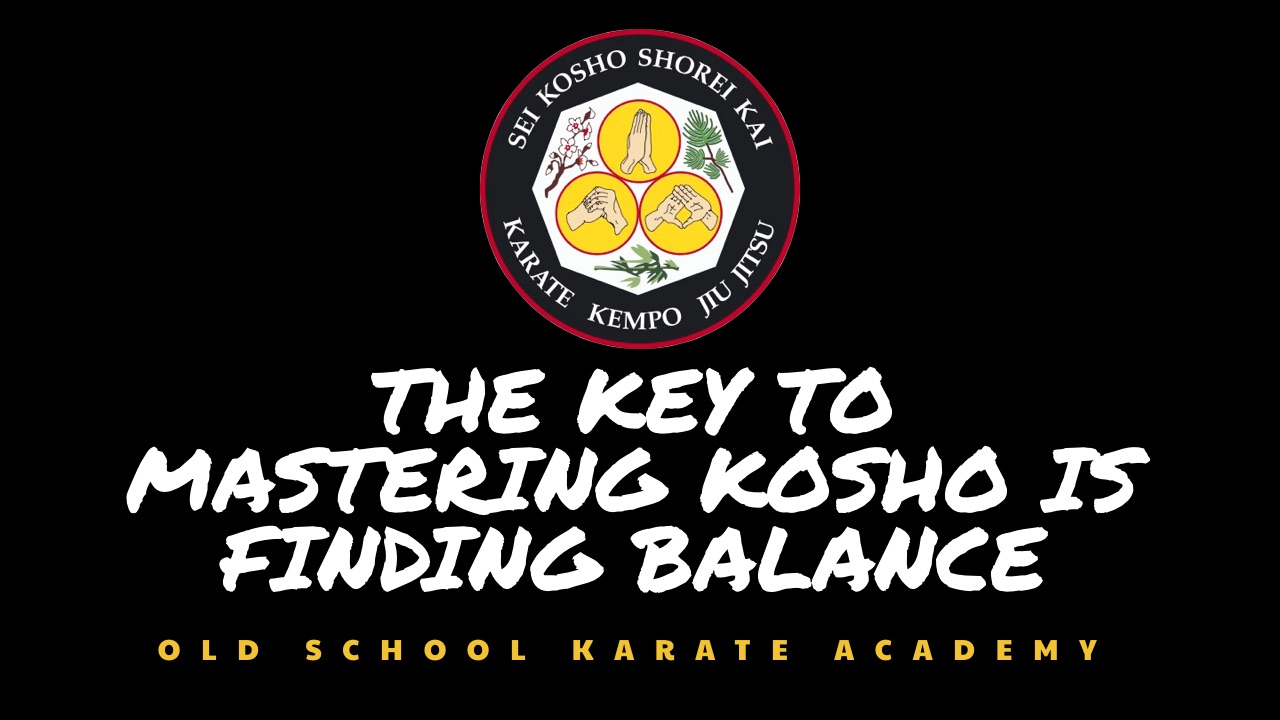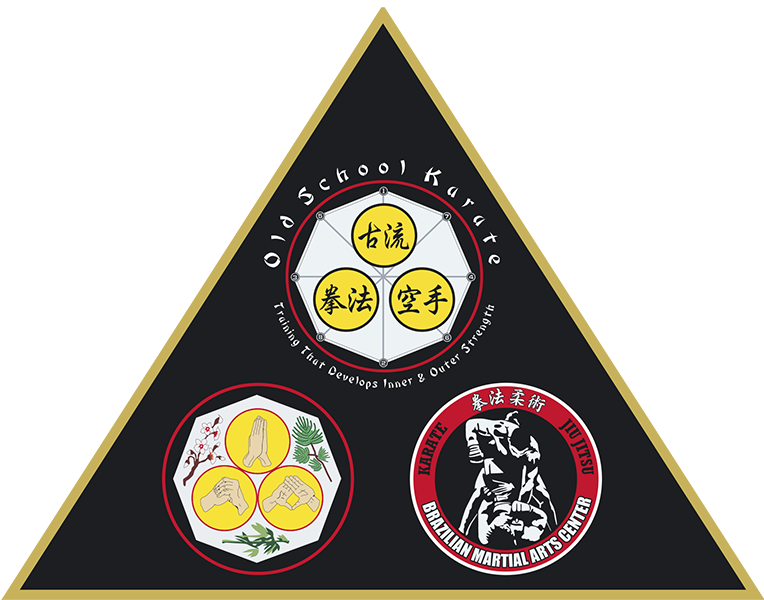
While some may view Kosho as complex, I teach my students to prioritize achieving balance over their opponent. This may seem contradictory, as the body naturally seeks balance, but it is through understanding natural laws and applying concepts and principles that one can achieve superior balance while attacking their opponent’s balance.
The octagon, which forms the basis of moment and motion in Kosho, helps students understand how to manipulate balance through concepts such as 12-6-3, triangles, circles, squares, checking rotation, skeletal freezing, folding, creative blocking, caging, the 4-wall concept, striking an opponent in flight, yielding to strength to create weakness, and more.
These concepts are verbalizations of physical techniques that aim to help Kosho practitioners gain the upper hand by gaining superior balance while putting their opponent in a state of greater imbalance (flight).
In a fight where strength is pitted against strength, the stronger opponent will always have the advantage. That’s why it is essential to attack balance, rather than trying to match strength. All attacks are more effective against an unbalanced opponent. The concepts and principles of Kosho can be applied to enhance any martial art, as Kosho is more of a philosophy than just a style. Ultimately, superior balance will always triumph over imbalance, regardless of the concept, principle, technique, or trick used.
So, in Kosho and in life, it is crucial to seek balance.
Struggle is the law of growth – Fall 7 to Rise 8
